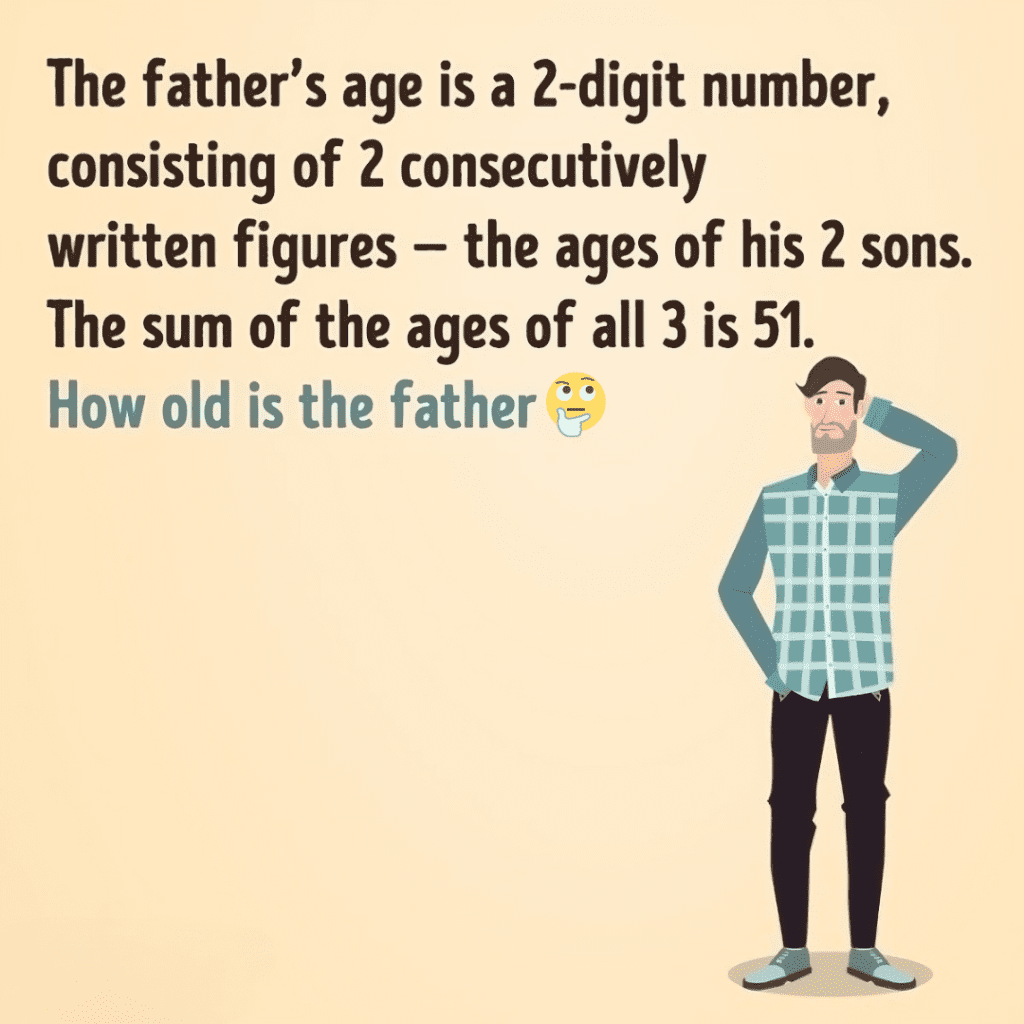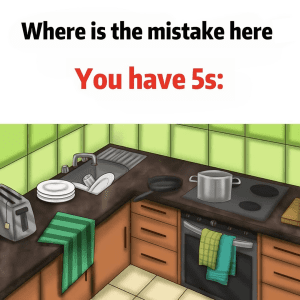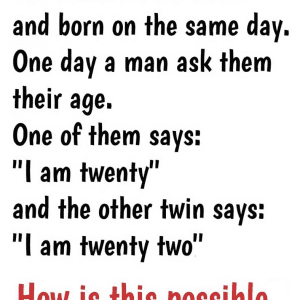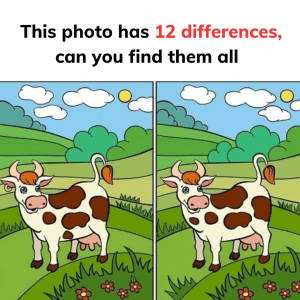Today, we’re tackling a fascinating puzzle that’s guaranteed to make you think twice. The problem is straightforward at first glance, but it’s full of tricky details that can easily throw you off course. Here’s the challenge: A father’s age is a two-digit number made up of two consecutive figures—these represent the ages of his two sons. The total of all three ages is 51. So, how old is the father?
Common Pitfalls When Solving the Puzzle

Before we dive into solving this puzzle, let’s take a moment to explore some common mistakes people tend to make:
- Misinterpreting the “Consecutive Figures” Clue: Some people misunderstand the phrase “consecutive figures” and assume it refers to numbers that follow each other, like 34 and 35. In reality, it’s referring to the digits within a single two-digit number, like 39.
- Forgetting the Total Sum of 51: Another common mistake is focusing too much on the father’s age and forgetting the requirement that the total of all three ages must equal 51. This is a critical piece of the puzzle.
- Overcomplicating the Problem: Many people attempt complex algebra or randomly guess numbers. However, a simple, methodical approach is often the best way to solve this puzzle.
With these potential pitfalls in mind, let’s carefully work through the problem step by step.
Step-by-Step Breakdown: How to Solve the Puzzle
Now that we know what to look out for, it’s time to break down the solution in a logical, systematic way.
Step 1: Defining the Variables
First, let’s assign some variables to the father’s age and the ages of his two sons:
- We’ll call the father’s age a, and the two sons’ ages b and c.
- According to the puzzle, the father’s age is a two-digit number made up of two consecutive digits, b and c.
- Therefore, we can express the father’s age as a = 10b + c (since the father’s age is a two-digit number where the tens place is b and the ones place is c).
Step 2: Using the Total Age Sum
The puzzle tells us that the sum of the father’s age and his sons’ ages is 51. This gives us the equation:
a + b + c = 51
Now, we substitute the value of a from the first equation into this one:
(10b + c) + b + c = 51
Step 3: Simplify the Equation
Let’s simplify the equation by combining like terms:
11b + 2c = 51
This equation will help us find the values of b and c.
Step 4: Testing Possible Values for b
Since b and c must be consecutive digits, we can start testing different values for b to see if we can solve for c. We want b and c to both be whole numbers, so let’s plug in different values for b and solve for c.
Let’s try b = 3:
11(3) + 2c = 51
33 + 2c = 51
Subtract 33 from both sides:
2c = 18
Now, divide by 2:
c = 9
So, we have b = 3 and c = 9, which means the father’s age is:
a = 10b + c = 10(3) + 9 = 39
Step 5: Double-Checking the Solution
Let’s verify that the sum of the ages is indeed 51. The father’s age is 39, and the sons’ ages are 3 and 9:
39 + 3 + 9 = 51
The total is 51, so the solution works perfectly. The father is 39 years old, with two sons aged 3 and 9.
Recap of the Solution

We’ve determined that the father is 39 years old. By following the clues and using simple algebra, we found that his two sons are 3 and 9 years old. The key to solving this puzzle was recognizing that the father’s age is made up of two consecutive digits and ensuring the total of all three ages equals 51.
Why Puzzles Like This Sharpen Your Mind
This puzzle isn’t just fun—it’s also a great way to exercise your brain. Here’s why puzzles like this one are beneficial:
- Enhance Problem-Solving Skills: Solving puzzles encourages you to break problems into smaller steps and approach them methodically.
- Boost Attention to Detail: These challenges force you to pay close attention to every detail, ensuring you don’t overlook critical clues.
- Develop Logical Thinking: Puzzles help strengthen your ability to think logically and use basic algebra, all while making the process feel like a game.
If you’re a fan of puzzles, keep practicing! Not only do they improve your cognitive skills, but they also offer a satisfying sense of accomplishment when you solve them.
Final Thoughts: Share the Puzzle with Friends
Now that you’ve solved this tricky puzzle, why not share it with your friends or family to see if they can figure it out? Puzzles like this one are great for group challenges, and you might be surprised by the creative ways people approach the solution.
What was your initial thought process? Did you arrive at the solution right away, or did it take some time to puzzle through the clues? Share your approach and see how it compares to others! And if you enjoyed this puzzle, keep challenging yourself with more riddles and logic games to sharpen your problem-solving skills.


